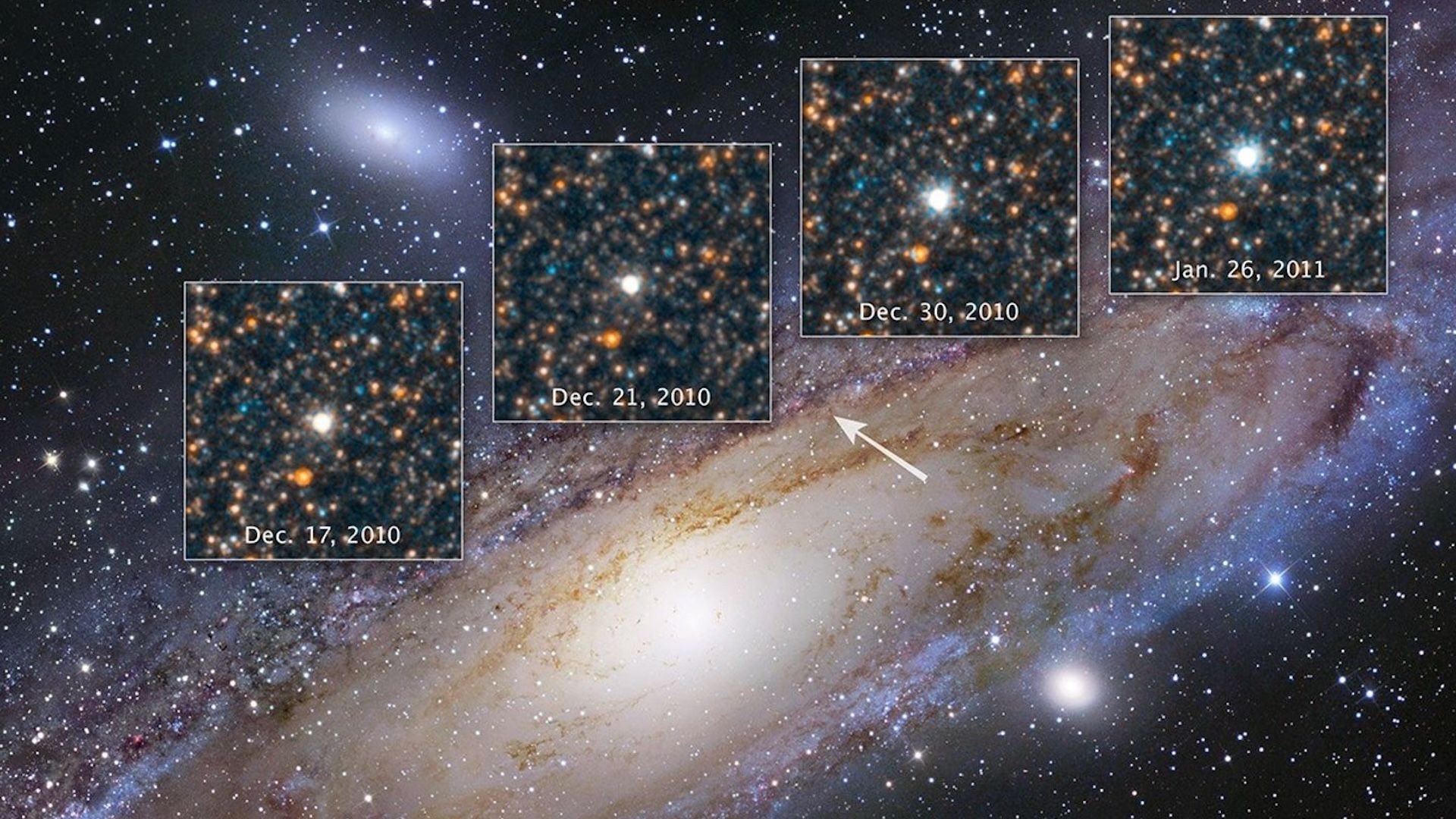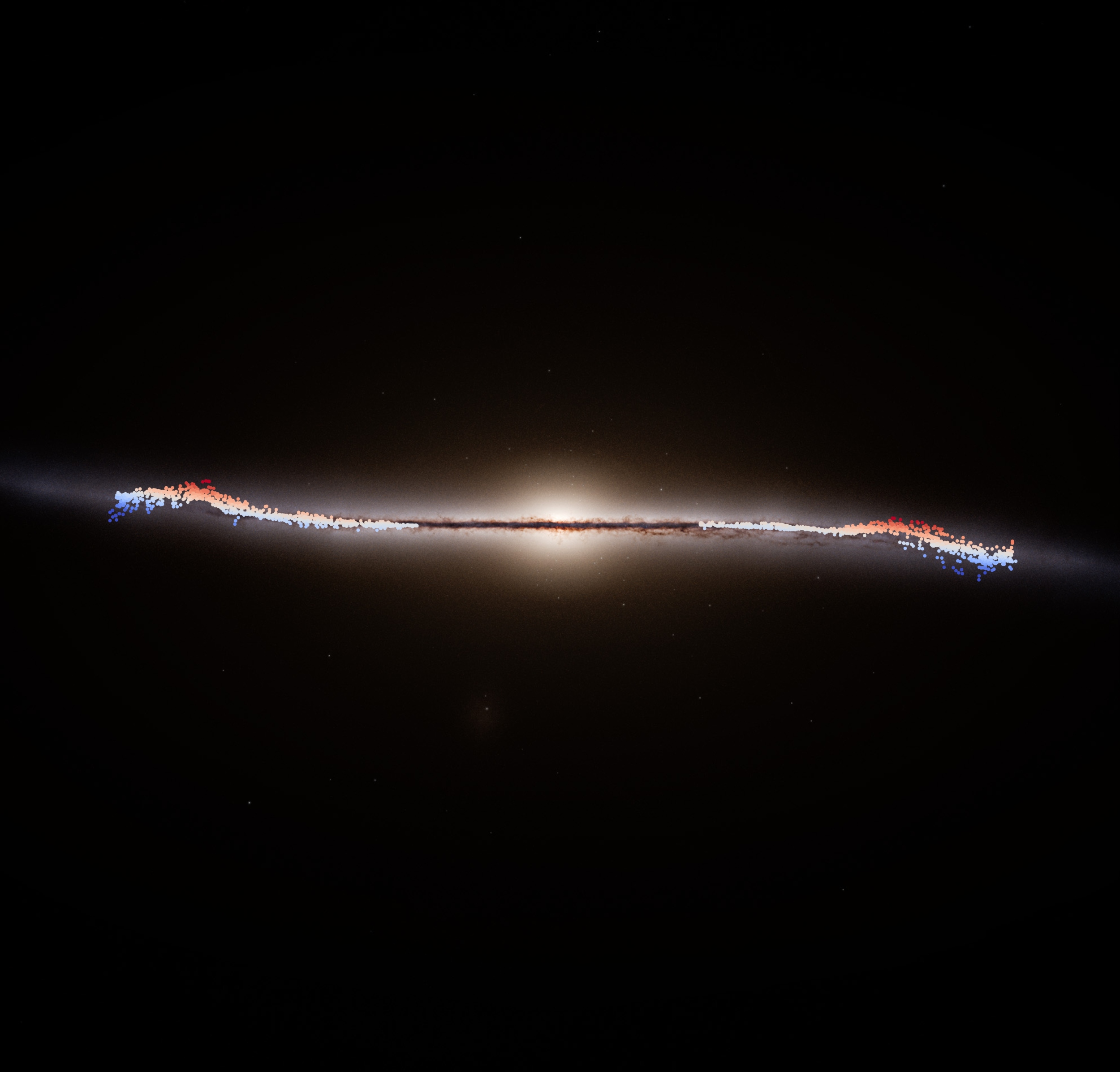NASA and ESA’s Hubble Space Telescope have recently released a breathtaking new image of NGC 2835, a spiral galaxy located 35 million light-years away in the constellation Hydra. This latest photo, part of Hubble’s ongoing observation campaign, reveals intricate details of the galaxy, especially in a newly highlighted wavelength of red light called H-alpha. The stunning pink nebulae scattered across the galaxy’s spiral arms are especially visible due to this addition, offering new insights into the cosmic processes occurring within the galaxy. These nebulae represent areas of intense star formation, showcasing the birth and death of stars in a spectacular celestial dance.
The galaxy, which has been a subject of Hubble’s observations before, offers astronomers a rich field for understanding stellar evolution and galactic dynamics. Previously captured by Hubble in 2020 and also observed by the James Webb Space Telescope, NGC 2835 appears relatively unchanged in the latest photograph when compared to its earlier renditions. However, the key difference in this image is the enhanced visibility of nebulae through H-alpha emission, a wavelength that is crucial in tracing the life cycle of stars, from their formation in vibrant stellar nurseries to their eventual demise as supernovae or planetary nebulae.
Hubble’s Stunning H-alpha Image Reveals Pink Nebulae in Spiral Galaxy
The addition of H-alpha light to this new image adds a significant layer of detail, focusing on the regions where massive newborn stars are in the process of igniting. These stars create glowing H II regions, areas of ionized hydrogen gas that emit red light as they interact with stellar radiation. Alongside these bright birthplaces of stars, remnants of dying stars also leave their mark on the galaxy, their fading presence highlighted in H-alpha emissions. These dying stars, either through supernova explosions or the quiet expulsion of their outer layers into space, contribute to the intricate web of gases that swirl throughout NGC 2835.
Astronomers use H-alpha data to identify the various stages of stellar life, providing an invaluable tool for cataloging nebulae. Hubble’s ongoing survey of 19 nearby galaxies, with the goal of cataloging more than 50,000 nebulae, is crucial to this research. By studying the interaction between stars and the interstellar medium, researchers can better understand how radiation, stellar winds, and supernova remnants influence the surrounding environment, shaping the structure of galaxies and influencing future generations of stars.
A New Window Into Stellar Evolution Through H-alpha Light
The latest Hubble image offers astronomers a deeper understanding of how stars and nebulae coexist and evolve in the spiral arms of galaxies. Hubble’s ability to capture H-alpha light, which is typically invisible to the naked eye, opens up a wealth of data that was previously difficult to access. Through this data, researchers can trace the chemical makeup of stars and nebulae, learn about the processes behind star formation, and study how stars contribute to the enrichment of their surroundings. NGC 2835, with its vibrant pink nebulae and the vast array of stellar activities visible in the image, serves as a beautiful example of the complex and dynamic nature of spiral galaxies.
The data from this Hubble survey is also part of a larger, more ambitious project aimed at mapping the star-forming regions across multiple galaxies. The goal is to create a comprehensive catalog that will serve as a foundation for understanding how galaxies evolve over time. The insight gained from these observations can potentially help researchers understand not only how our own Milky Way evolves but also how galaxies across the universe may have changed and developed in similar or vastly different ways.
Unveiling the Secrets of NGC 2835 Through Hubble’s Latest Observation
One of the most striking features of this latest image of NGC 2835 is the contrast between the galaxy’s older, yellowish stars in its bright center and the blue stars along its spiral arms. The younger blue stars are an indication of active star formation, while the central region, populated with older stars, serves as a reminder of the galaxy’s rich history. The H-alpha light accentuates the nebulae in the arms, where star formation is most intense, further revealing the different stages of stellar activity. This vibrant interplay between new and old stars, highlighted by the pink nebulae, captures the dynamic and ongoing evolution of the galaxy.
The image, which was captured with Hubble’s Wide Field Camera 3, also emphasizes the delicate spiral structure of the galaxy, which is the result of the interaction between the galaxy’s stars, gas, and dark matter. The gravitational forces at play within the galaxy shape the spiral arms, allowing for the concentration of gas and dust in specific regions, where star formation can occur. NGC 2835, as captured by Hubble, provides a valuable case study for scientists seeking to understand how these spiral galaxies evolve and what factors contribute to the formation of their iconic structures.
The Role of H-alpha in Understanding Nebulae and Star Formation
The H-alpha wavelength is significant in the study of nebulae because it highlights regions of ionized hydrogen, which are the byproducts of star formation. These regions, known as H II regions, are crucial for understanding the process of stellar birth. As massive stars form within the nebulae, their radiation ionizes the surrounding hydrogen gas, causing it to emit red light. The H-alpha emission, therefore, offers a direct line of sight into the heart of these stellar nurseries, providing astronomers with the data needed to track the life cycle of stars from birth to death.
In the case of NGC 2835, the addition of H-alpha light brings into sharper focus the star-forming regions within the galaxy’s spiral arms. These areas are often the brightest parts of a galaxy and represent some of the youngest and most active sections. By using this technique, astronomers can create a more detailed map of the galaxy’s stellar population and gain insights into the physical conditions that govern star formation. Additionally, the study of these regions can help researchers understand the impact of massive stars on their environment, including the role of stellar winds and radiation in shaping the interstellar medium.
Cataloging Nebulae to Understand the Formation of Stars
The cataloging of nebulae across multiple galaxies is a significant endeavor for astronomers, offering new perspectives on how stars form and how galaxies evolve over time. Hubble’s ongoing survey aims to catalog more than 50,000 nebulae across 19 nearby galaxies, including NGC 2835. This catalog will serve as an invaluable resource for understanding the distribution of nebulae across different types of galaxies and the processes that govern their formation.
By studying these nebulae, scientists can gain insights into the environmental conditions necessary for star formation, the chemical evolution of galaxies, and the role of massive stars in enriching their surroundings. The data collected from Hubble’s observations will also contribute to our understanding of the future of our own galaxy, the Milky Way. As part of this large-scale project, researchers hope to uncover patterns and trends in nebulae distribution that could shed light on how galaxies evolve and how stars continue to shape the cosmos.
Powerful Stellar Winds and Radiation Shape the Cosmos
A critical aspect of stellar evolution is the interaction between stars and the interstellar medium, which includes gas, dust, and nebulae. As stars age, their powerful stellar winds and radiation can significantly impact their surroundings, shaping the environment in which they were born. In regions like the spiral arms of NGC 2835, this interaction is particularly visible in the form of glowing nebulae. These regions serve as both the birthplaces and graveyards of stars, each stage in the life of a star leaving a distinct signature in the surrounding gases.
The combination of stellar winds, radiation, and the collapse of gas clouds in star-forming regions plays a crucial role in shaping the structure of galaxies. In spiral galaxies like NGC 2835, this process is most apparent in the spiral arms, where the concentration of gas and dust allows for the formation of new stars. The impact of these processes on the galaxy’s structure is further revealed by the H-alpha light, which highlights the areas of active star formation and the ongoing interaction between stars and their environment.
Source link

